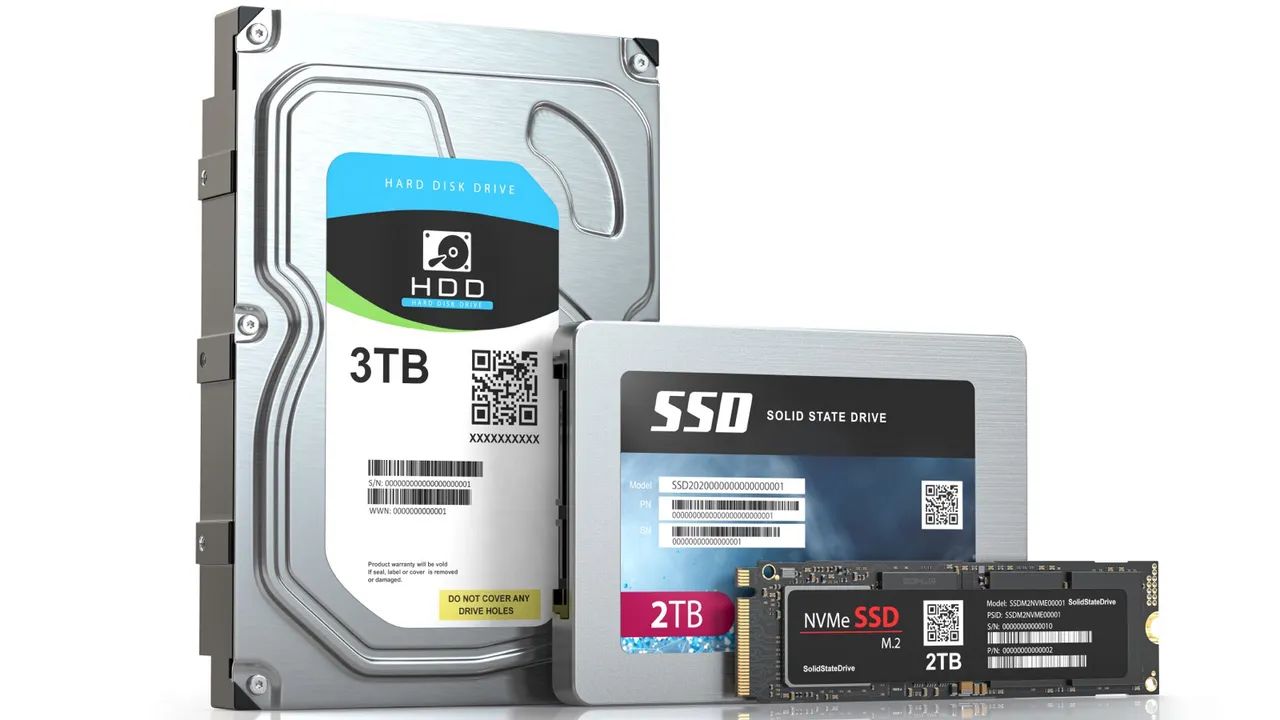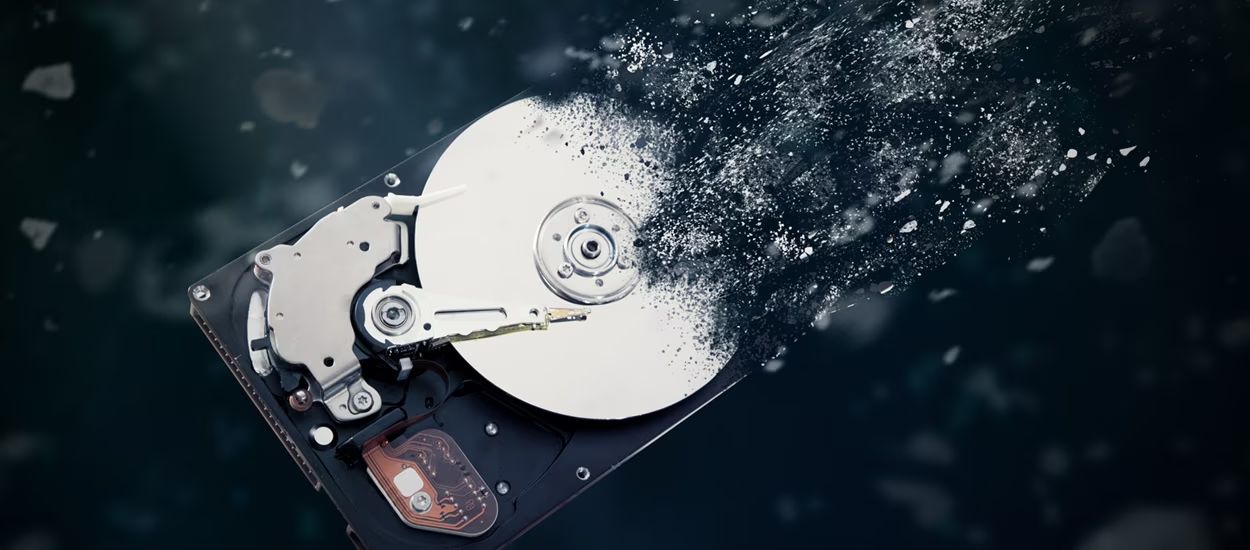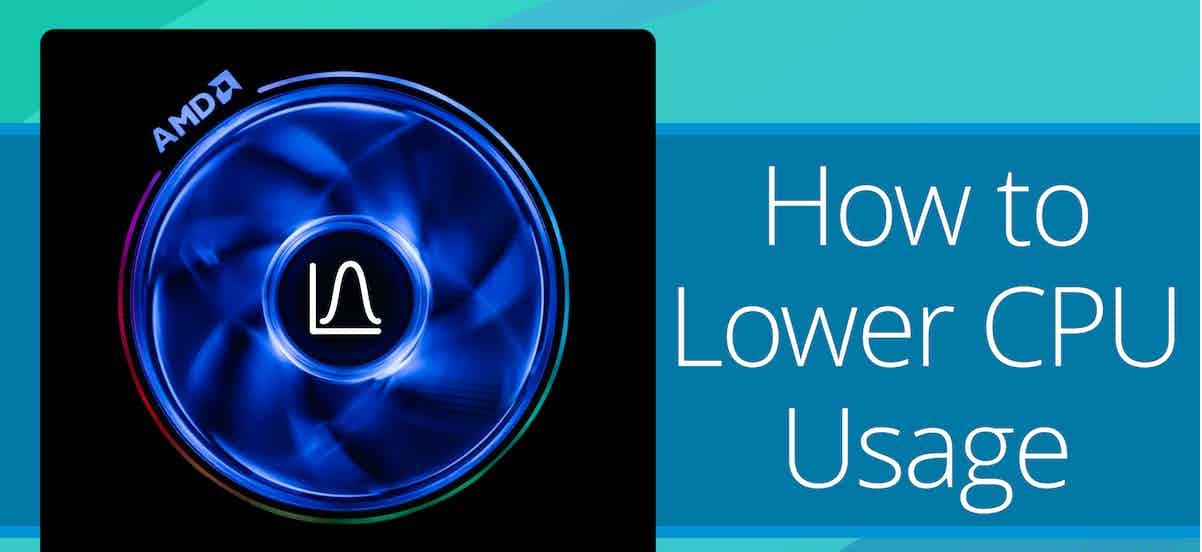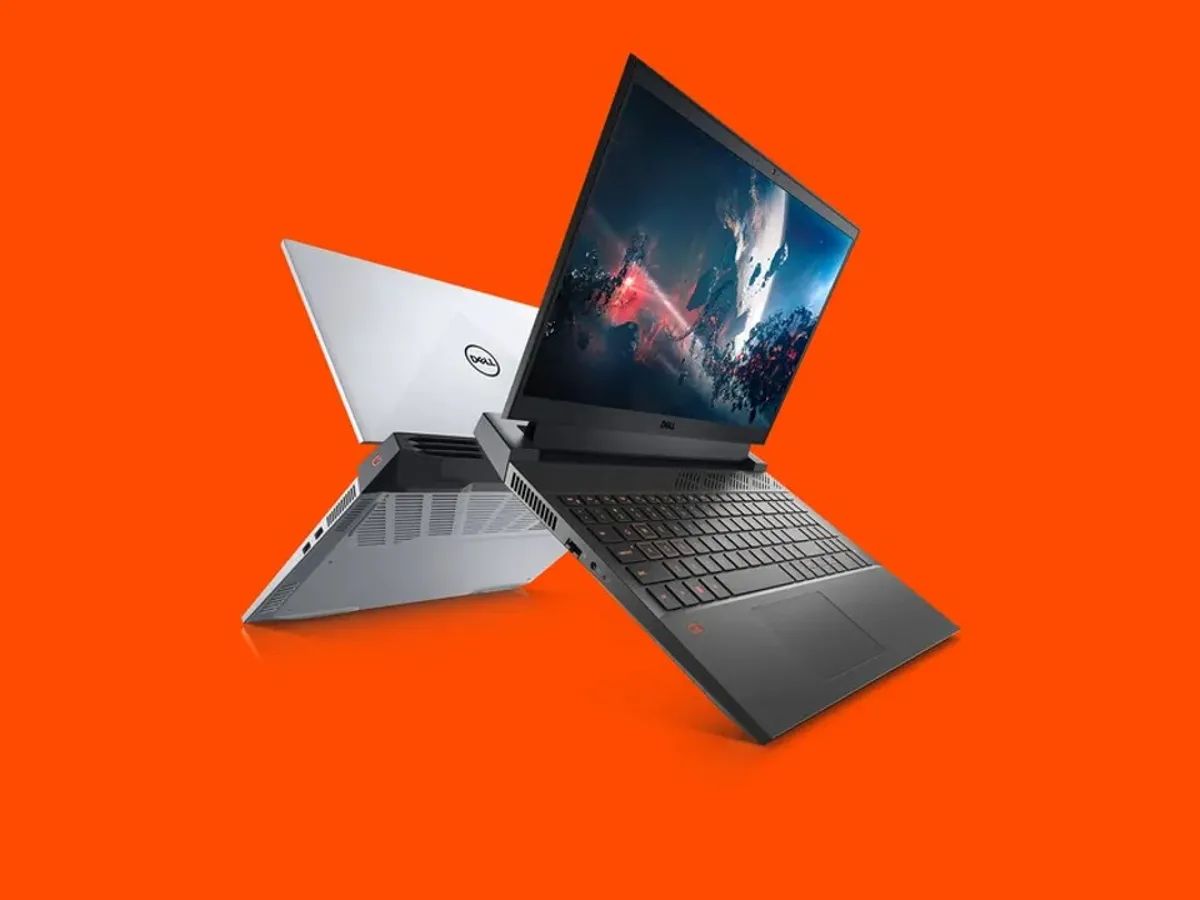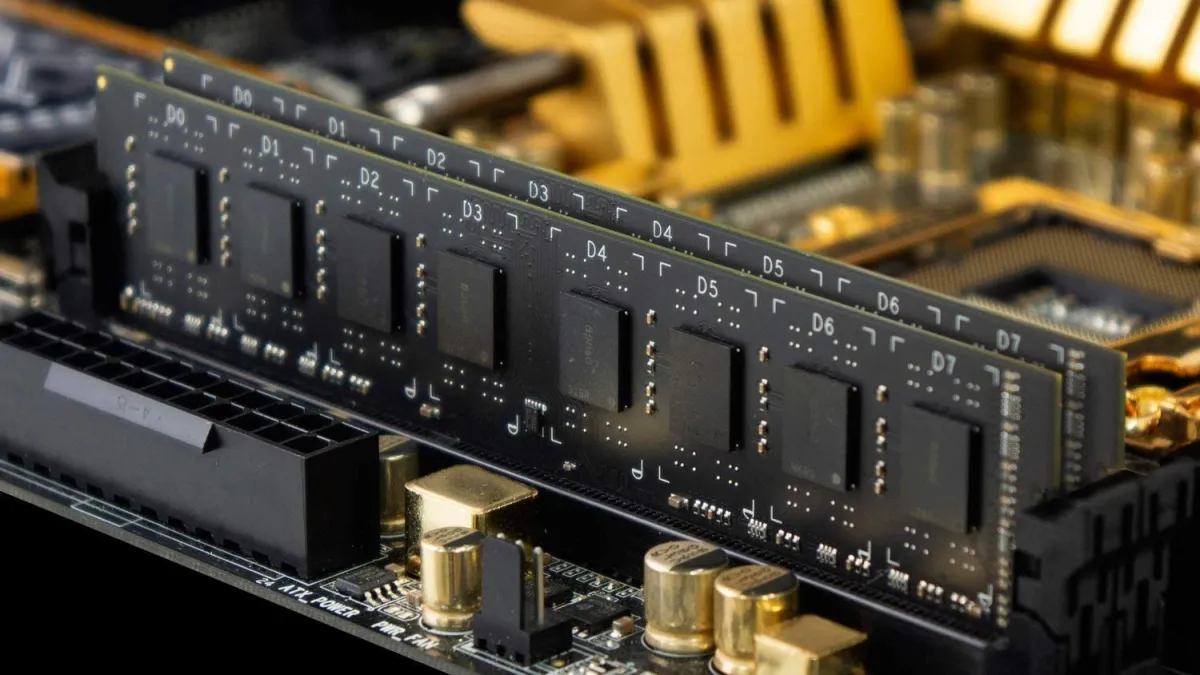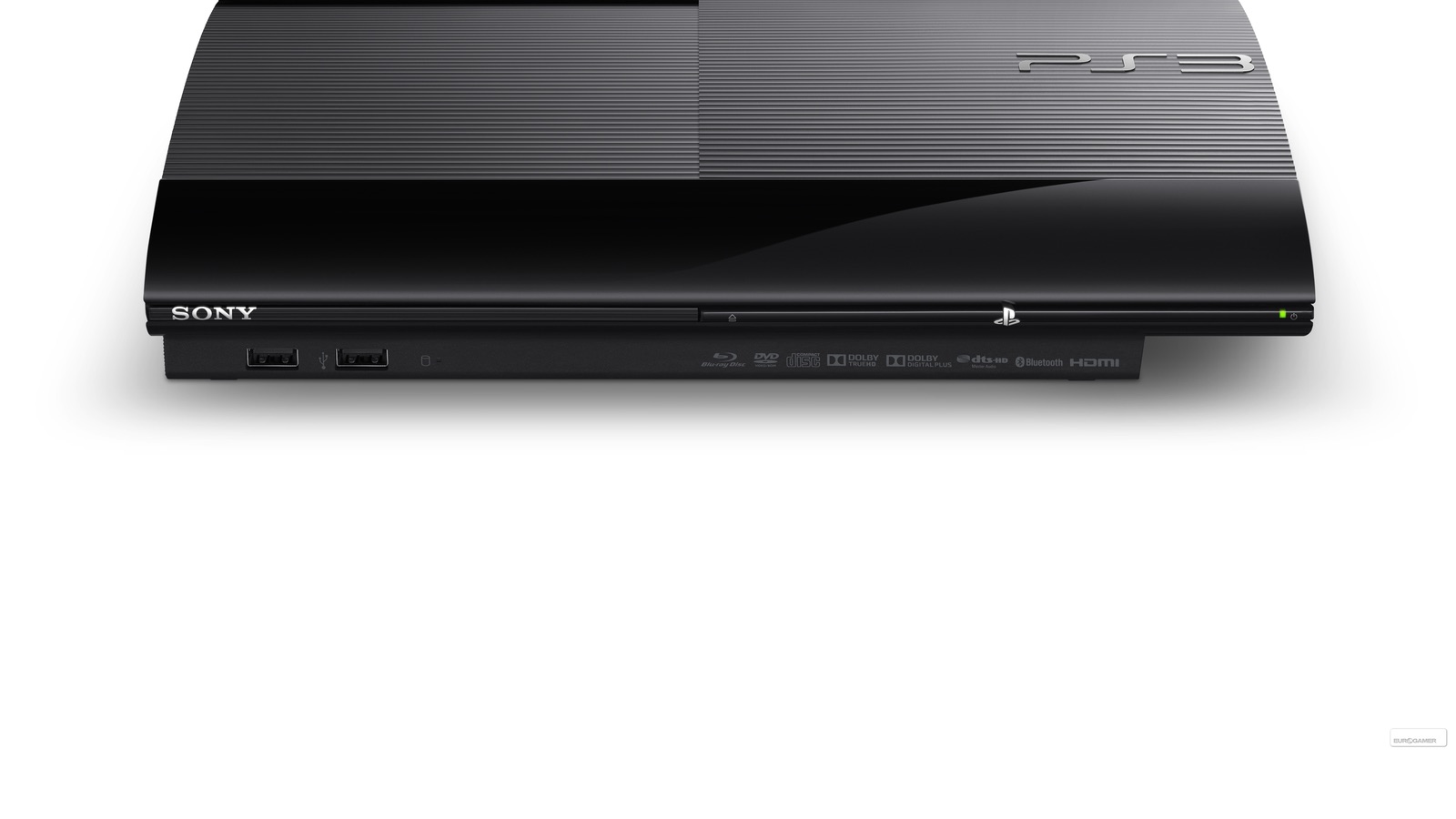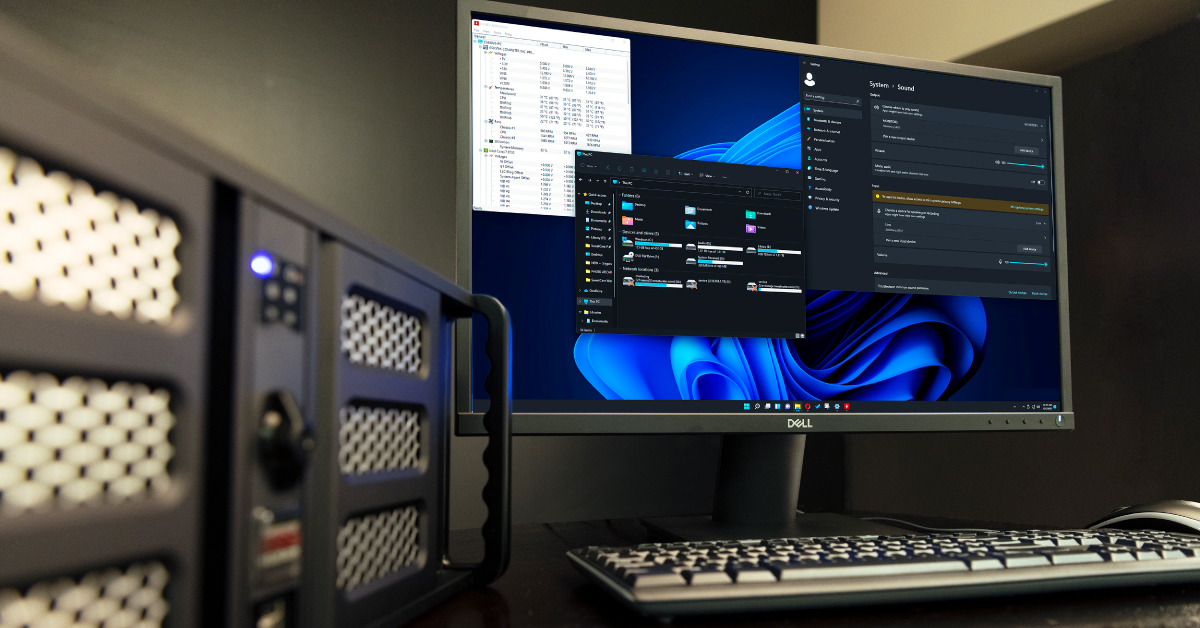Introduction
Welcome to the world of hard disk drive power savers! In today’s fast-paced digital era, where data storage needs are constantly increasing, it’s crucial to not only find efficient ways to store our data but also minimize the energy consumption associated with it. This is where hard disk drive power savers come into play.
A hard disk drive power saver is a device that helps reduce the energy consumption of your hard disk drive (HDD) without compromising its performance or data accessibility. It serves as a power management solution for your computer system, allowing you to save energy and reduce your carbon footprint.
Traditional hard disk drives operate continuously, even when you’re not actively accessing or using them. This continuous power consumption not only results in unnecessary energy wastage but also leads to increased operating costs and decreased lifespan of the hard disk drive.
Hard disk drive power savers offer a solution to these issues by intelligently managing the power usage of your HDD. They automatically detect periods of inactivity and send commands to the hard disk drive to enter a low-power or sleep mode when it’s not being actively used.
In this article, we will delve deeper into the world of hard disk drive power savers. We’ll explore how they work, the benefits they provide, and the factors to consider when choosing one for your computer system. Additionally, we’ll cover the installation process and share helpful tips for maximizing energy savings with a hard disk drive power saver.
So, whether you’re a tech-savvy individual looking to optimize your computer’s energy usage or a business owner seeking to reduce power consumption in your IT infrastructure, this article will provide you with all the information you need to get started with hard disk drive power savers.
What is a Hard Disk Drive Power Saver?
A hard disk drive power saver, sometimes referred to as an HDD power saver, is a device or software solution designed to reduce the energy consumption of your computer’s hard disk drive (HDD). It works by optimizing the power usage of the HDD, helping to save energy and reduce operating costs.
Hard disk drives are an essential component of any computer system, responsible for storing and retrieving data. However, traditional hard disk drives consume a significant amount of power, even when not actively in use. This continuous power consumption not only wastes energy but also results in increased electricity bills and shorter lifespan of the hard disk drive.
A hard disk drive power saver addresses these issues by intelligently managing the power usage of the HDD. It closely monitors the activity levels of the hard disk drive and automatically adjusts its power state based on usage patterns.
When the hard disk drive is not actively being accessed or used, the power saver sends commands to the drive, prompting it to enter a low-power or sleep mode. In this mode, the drive consumes significantly less energy, effectively reducing its energy consumption without compromising data accessibility or performance.
Hard disk drive power savers can be hardware-based or software-based. Hardware-based solutions are typically standalone devices that connect between the hard disk drive and the power source. They have built-in intelligence to monitor the drive’s activity and control its power state. On the other hand, software-based solutions are programs or applications that run on the computer system and provide power management capabilities for the hard disk drive.
Regardless of the type, hard disk drive power savers offer several benefits. They help reduce energy consumption and lower electricity bills, making them a cost-effective solution. Additionally, by reducing power usage, they also contribute to a greener environment by minimizing carbon emissions.
In the next section, we will explore the inner workings of hard disk drive power savers and how they effectively manage the power usage of the HDD.
How Does a Hard Disk Drive Power Saver Work?
A hard disk drive power saver operates by actively monitoring the activity levels of the hard disk drive (HDD) and intelligently managing its power state. It works in collaboration with the computer’s operating system to optimize energy usage and reduce power consumption without compromising the performance or data accessibility of the HDD.
When a hard disk drive power saver is installed and activated, it constantly monitors the activity of the HDD. It analyzes read and write requests, as well as idle periods, to determine when the hard disk drive can enter a low-power mode or be put into sleep mode.
When the power saver detects a period of inactivity, it sends commands to the hard disk drive to reduce its power consumption. This can involve adjusting the drive’s rotational speed, turning off unnecessary components, or putting the drive into a sleep state where it consumes minimal power.
The power saver continuously monitors the system for any activity and ensures that the hard disk drive quickly responds when data access is required. As soon as a read or write request is initiated, the power saver sends commands to bring the hard disk drive back to its full power state, enabling seamless and quick data access.
One key aspect of hard disk drive power savers is the ability to intelligently determine idle periods. They are programmed to identify the difference between brief moments of inactivity and extended periods of non-usage. This ensures that the hard disk drive remains responsive and ready to handle user requests while still saving energy during longer idle periods.
Hard disk drive power savers can also offer customization options and flexibility in power management settings. Users can often adjust the sensitivity of idle time detection or set specific power-saving modes according to their preferences and requirements.
It’s important to note that hard disk drive power savers work in conjunction with the computer’s operating system and rely on compatible drivers to communicate and control the power state of the HDD effectively. Most power saver solutions come with their own software or drivers that need to be installed and configured on the computer system.
In the next section, we will explore the numerous benefits that come with using a hard disk drive power saver in your computer system.
Benefits of Using a Hard Disk Drive Power Saver
Using a hard disk drive power saver comes with numerous benefits, making it a worthwhile investment for both personal and business computer systems. Let’s explore some of the key advantages:
- Energy Savings: The primary benefit of using a hard disk drive power saver is the reduction in energy consumption. By intelligently managing the power state of the hard disk drive, it significantly lowers power usage during periods of inactivity. This results in substantial energy savings and helps reduce electricity bills.
- Cost Savings: With reduced energy consumption, using a hard disk drive power saver can lead to cost savings in the long run. Lower electricity bills contribute to lower operational costs, making it an economically viable solution for individuals and businesses alike.
- Extended Hard Disk Drive Lifespan: Continuous power usage can put significant strain on the hard disk drive components, potentially leading to premature wear and tear. By enabling the hard disk drive to enter low-power or sleep modes during idle periods, a power saver helps extend the lifespan of the drive, minimizing the need for frequent replacements and repairs.
- Eco-Friendly: Implementing a hard disk drive power saver aligns with environmentally conscious practices. By reducing energy consumption, it contributes to the overall reduction of carbon emissions, helping to create a greener and more sustainable environment.
- Improved System Performance: Hard disk drive power savers enhance overall system performance by allocating more resources to active tasks. With the hard disk drive in an optimized power state, the available resources can be better utilized for other system processes, leading to improved speed and responsiveness.
- Seamless Data Accessibility: Despite the power-saving measures, a hard disk drive power saver ensures that data accessibility is not compromised. When data access is required, the power saver quickly brings the hard disk drive back to its full power state, allowing for seamless and efficient data retrieval.
These benefits make a hard disk drive power saver a valuable addition to any computer system. Whether you’re an individual looking to save energy and reduce costs or a business aiming to optimize power usage in your IT infrastructure, a hard disk drive power saver offers numerous advantages.
Next, let’s explore some of the common features to consider when choosing a hard disk drive power saver.
Common Features of Hard Disk Drive Power Savers
Hard disk drive power savers come with a variety of features that enhance their functionality and effectiveness. Understanding these common features can help you make an informed decision when choosing a power saver for your computer system. Let’s take a closer look at some key features:
- Power Management Modes: A good hard disk drive power saver will typically offer multiple power management modes to suit different usage scenarios. These modes may include an aggressive power-saving mode for maximizing energy savings during extended idle periods and a balanced mode that strikes a balance between power conservation and performance.
- Idle Time Detection: Hard disk drive power savers rely on accurate idle time detection to determine when the hard disk drive can enter a lower power state. Look for a power saver that has intelligent idle time detection, allowing it to differentiate between brief moments of inactivity and longer periods of non-usage.
- Compatibility: Ensure that the hard disk drive power saver you choose is compatible with your operating system and hardware. It should have the necessary drivers and software that seamlessly integrate with your computer system for optimal performance.
- Customization Options: Look for a power saver that offers customization options, allowing you to adjust settings and preferences according to your specific requirements. This can include adjusting the sensitivity of idle time detection or configuring power-saving modes to align with your usage patterns.
- Real-Time Monitoring: A power saver with real-time monitoring capabilities provides valuable insights into the power usage of your hard disk drive. It allows you to monitor energy consumption, track performance improvements, and make informed decisions about power management settings.
- User-Friendly Interface: A user-friendly interface makes it easier to configure and manage the power saver settings. Look for a power saver with an intuitive interface that provides clear information, easy navigation, and simple controls.
- Compatibility with other Power Saving Technologies: Some hard disk drive power savers are designed to work in synergy with other power-saving technologies. This can include compatibility with standby modes of the operating system, advanced power management features of the computer’s BIOS, or integration with energy-saving policies implemented in the organization’s IT infrastructure.
Consider these common features when evaluating different hard disk drive power savers. Each feature contributes to the effectiveness and efficiency of the power saver, ensuring optimal power management for your hard disk drive.
In the next section, we will explore important factors to consider when choosing a hard disk drive power saver for your computer system.
Factors to Consider When Choosing a Hard Disk Drive Power Saver
When selecting a hard disk drive power saver for your computer system, it’s important to consider several factors to ensure you choose the right one that meets your needs. Let’s explore the key factors to consider:
- Compatibility: Ensure that the power saver you choose is compatible with your computer’s hardware and operating system. It should have the necessary drivers and software that seamlessly integrate with your system to ensure optimal functionality.
- Power Saving Efficiency: Look for a power saver that has a proven track record of power-saving efficiency. Research and read reviews to determine how effectively the power saver reduces energy consumption without compromising performance or data accessibility.
- User-Friendliness: Consider the user interface and ease of use of the power saver. It should have a user-friendly interface that allows you to configure settings easily and manage the power-saving features without any hassle.
- Customization Options: Evaluate the level of customization offered by the power saver. Different power savers provide varying degrees of customization, allowing you to adjust settings and preferences according to your specific requirements.
- Compatibility with Other Tools: If you are using other energy-saving tools or technologies in your computer system, ensure that the power saver you choose is compatible with them. This can include compatibility with standby modes of the operating system, advanced power management features of the computer’s BIOS, or integration with energy-saving policies implemented in your organization’s IT infrastructure.
- Reliability: Choose a power saver from a reputable manufacturer known for producing reliable and high-quality products. Look for warranties and customer reviews to evaluate the reliability and durability of the power saver.
- Energy Monitoring: Consider whether the power saver provides real-time energy monitoring capabilities. This feature allows you to track the energy consumption of your hard disk drive, helping you make informed decisions about power management settings and assess the impact of the power saver on energy savings.
- Cost: Evaluate the cost of the power saver in relation to its features and benefits. Consider the potential energy savings and cost reductions that the power saver can provide over time to determine if it offers a good return on investment.
By considering these factors, you can narrow down your options and choose a hard disk drive power saver that best fits your specific requirements and preferences.
In the next section, we will explore the process of installing a hard disk drive power saver in your computer system.
How to Install a Hard Disk Drive Power Saver
Installing a hard disk drive power saver is a fairly straightforward process. Follow these steps to properly install a power saver in your computer system:
- Choose the Right Power Saver: Select a hard disk drive power saver that is compatible with your computer’s hardware and operating system. Ensure that it meets your specific power-saving requirements and offers the features you desire.
- Read the Documentation: Before proceeding with the installation, thoroughly read the documentation provided with the power saver. Familiarize yourself with the installation instructions and any specific requirements mentioned by the manufacturer.
- Prepare Your Computer: Shut down your computer and unplug it from the power source. Ensure that you take all necessary safety precautions and follow proper procedures when working with computer hardware.
- Open Your Computer Casing: Depending on your computer’s model and casing, you may need to remove screws or use specific tools to open the computer casing. Refer to your computer’s manual or seek guidance if needed.
- Locate the Hard Disk Drive: Identify the hard disk drive within your computer. It is typically a rectangular-shaped component connected to the motherboard with data and power cables.
- Connect the Power Saver: Depending on the type of power saver you have chosen, follow the manufacturer’s instructions to connect it between the hard disk drive and the power source. Ensure that all connections are secure and properly aligned.
- Close the Computer Casing: Once the power saver is connected, carefully close the computer casing and secure it with screws or any other mechanisms. Ensure that the casing is properly aligned to avoid any damage or misalignment.
- Power Up Your Computer: Plug your computer back into the power source and power it up. The power saver should now be active and ready to optimize the power usage of your hard disk drive.
- Configure the Power Saver (if necessary): Depending on the power saver you have installed, you may need to configure its settings and preferences. Use the provided software or interface to adjust any customizable options based on your specific requirements.
- Monitor and Verify: Once the power saver is installed and configured, monitor its performance and energy savings over time. You can use the power saver’s monitoring capabilities or energy monitoring tools to verify the reduction in energy consumption.
It’s worth noting that while most hard disk drive power savers are easy to install, if you are unsure about any step or have concerns, it is advisable to seek assistance from a professional or consult the manufacturer’s customer support.
In the next section, we will share some helpful tips for maximizing energy savings with a hard disk drive power saver.
Tips for Maximizing Energy Savings with a Hard Disk Drive Power Saver
While a hard disk drive power saver can effectively reduce the energy consumption of your hard disk drive (HDD), there are several tips and practices you can follow to maximize energy savings even further. Here are some helpful tips:
- Optimize Idle Time Detection: Adjust the sensitivity of the idle time detection feature of your power saver. Fine-tuning this setting ensures that the power saver accurately determines when the hard disk drive should enter a low-power or sleep mode during periods of inactivity.
- Minimize Background Processes: Reduce the number of unnecessary background processes and applications running on your computer. Extra processes can prevent the hard disk drive from entering a low-power state effectively, leading to higher energy consumption.
- Utilize Power Management of Other Components: Take advantage of power management features available for other components of your computer system, such as the monitor and CPU. Coordinating power management across different components can lead to additional energy savings.
- Enable Sleep Modes: Enable sleep or hibernation modes for your computer system when it’s not in use for an extended period. This allows the hard disk drive and other components to enter a low-power state, maximizing energy savings.
- Regularly Update Power Saver Software: Stay up to date with the latest software updates and firmware releases for your power saver. Manufacturers often release updates to improve efficiency and performance, ensuring you benefit from the latest enhancements.
- Use Power Saver Profiles: Take advantage of power saver profiles if your power saver offers them. These profiles allow you to specify power-saving settings based on different usage scenarios, providing optimized power management for various tasks and situations.
- Opt for Solid-State Drives (SSDs): Consider upgrading to solid-state drives (SSDs) if your budget and requirements allow. SSDs consume less power compared to traditional hard disk drives, providing inherent energy savings even without a power saver.
- Manage File Access and Storage: Minimize unnecessary file access and storage activities. Unclutter your hard disk drive by regularly organizing and deleting files you no longer need, reducing the workload on the drive and enhancing overall efficiency.
- Regularly Maintain Your Computer: Keep your computer clean and well-maintained to ensure optimal performance and energy efficiency. Regularly clean out dust, update drivers, and perform system maintenance tasks to keep the hard disk drive and other components running smoothly.
- Evaluate and Adjust Power Saver Settings: Periodically review and assess the power saver’s settings and power management strategies. Adjust them as necessary to align with changes in your usage patterns or system requirements, optimizing energy savings accordingly.
By following these tips, you can maximize the energy savings achieved with your hard disk drive power saver and further contribute to a more energy-efficient and environmentally friendly computer system.
In the next section, we will conclude our discussion on hard disk drive power savers.
Conclusion
Hard disk drive power savers are essential tools for reducing energy consumption and optimizing the performance of your computer system’s hard disk drive (HDD). By intelligently managing the power state of the HDD during periods of inactivity, power savers effectively minimize energy wastage, lower operating costs, and contribute to a greener environment.
In this article, we explored the concept of hard disk drive power savers and how they work. We discussed the key benefits of using these power savers, including energy savings, cost savings, extended HDD lifespan, and improved system performance. We also explored the common features to look for when choosing a power saver and the factors to consider during the selection process.
Additionally, we provided step-by-step guidance on how to install a hard disk drive power saver in your computer system and shared useful tips to maximize energy savings. By following these tips, such as optimizing idle time detection, minimizing background processes, and using power saver profiles, you can make the most of your power saver’s capabilities and achieve even greater energy efficiency.
Remember to regularly update the power saver software, maintain your computer system, and evaluate and adjust power saver settings based on your changing requirements. This ensures that you continue to experience the benefits of energy savings and optimal HDD performance in the long run.
As technology advances and energy conservation becomes increasingly important, incorporating a hard disk drive power saver into your computer system is a smart choice. It not only helps you save on electricity bills but also reduces your carbon footprint and promotes sustainable computing practices.
So, whether you’re a tech-savvy individual looking to optimize your personal computer system or a business owner striving to reduce power consumption in your IT infrastructure, consider investing in a hard disk drive power saver. With its ability to conserve energy, prolong HDD lifespan, and enhance system performance, it proves to be a valuable asset for both cost savings and environmental responsibility.







